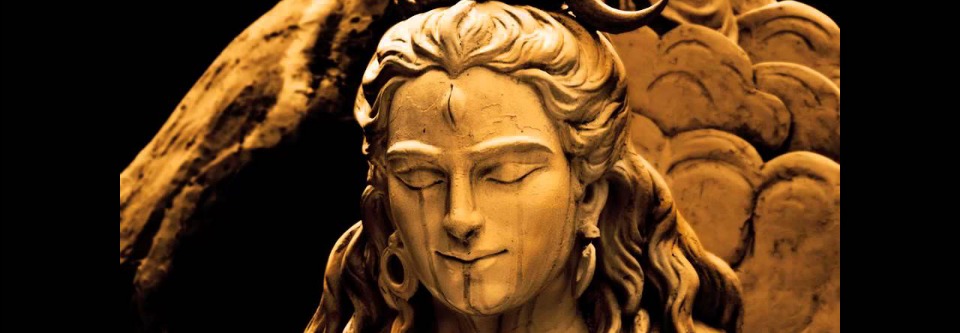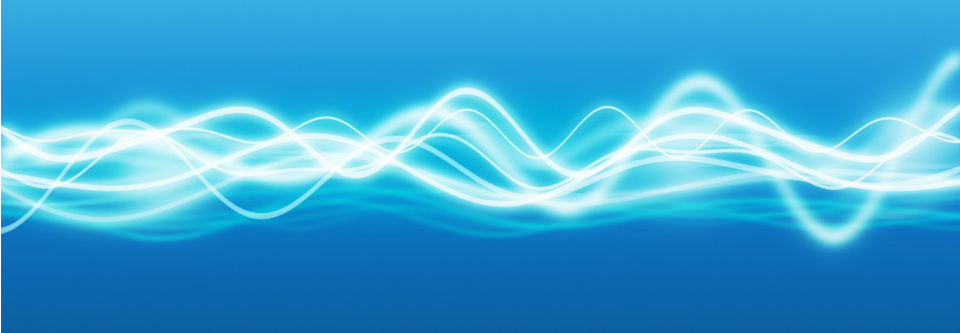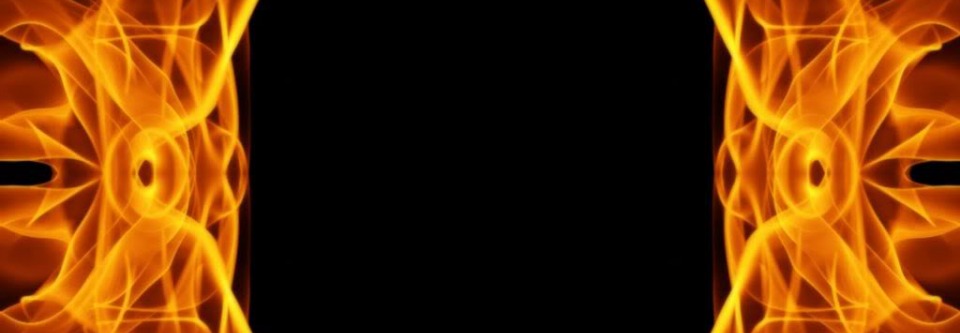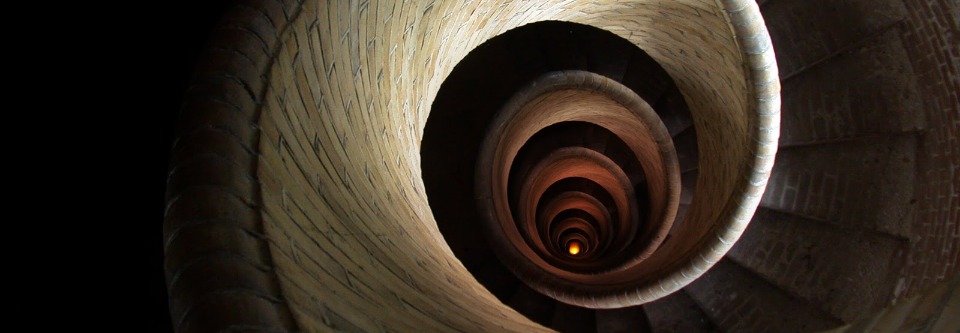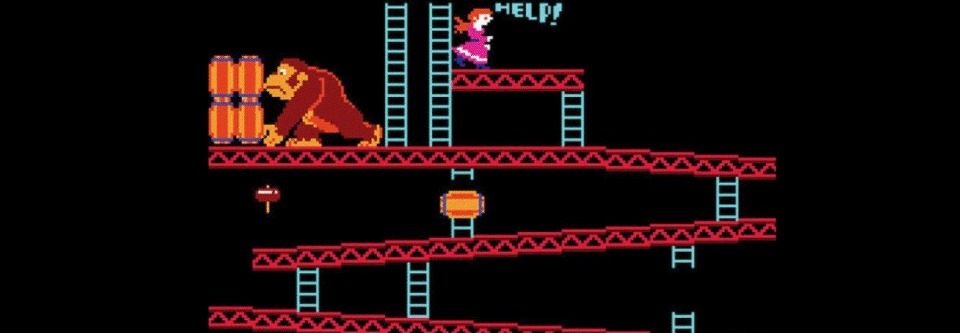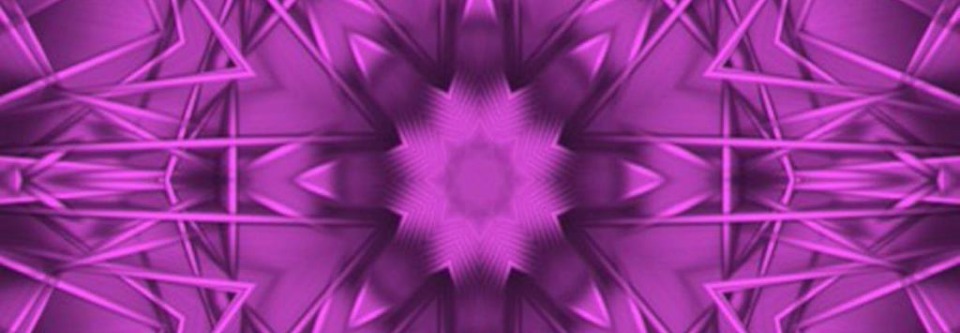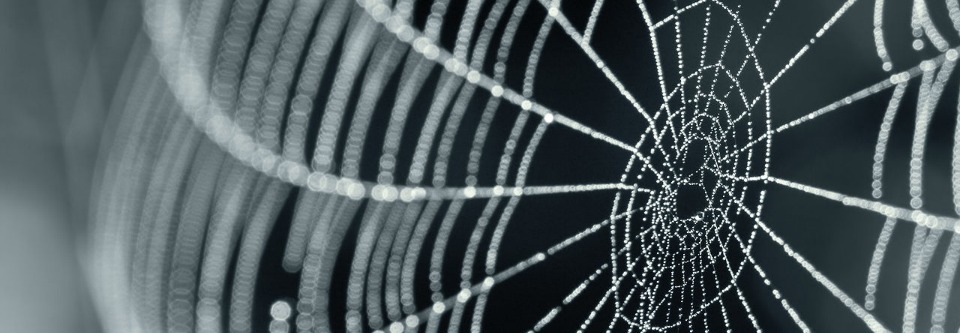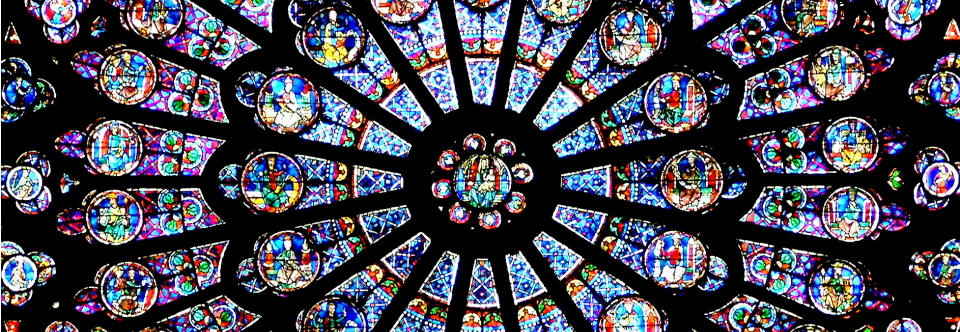The Male Voice(s) of Spirituality: Part IV
For Part I, here
For Part II, here
For Part III, here.
—
In Part III of this series I argued for the possibility of re-imagining teachings around sexual essences (e.g. the divine masculine and the feminine) in light of the critical insights of postmodernism regarding the spectrum-like nature of biological sex, gender identity, and sexual orientation.
In Part IV I want to look at how we might reincorporate spiritual energies in relation to this the postmodern fluid world of gender, biological, and orientation. In so doing I think we find a way towards a post-postmodernism.
It’s an important line of thought because by nature the postmodern theories of gender fluidity, plural sexual orientation, and the spectrum-like nature of biological sex have a secular bias. They typically deny the value of spiritual energies and insights.
The ancient traditions which do describe the reality of spiritual energies tend to make a confused mess of biological sex, gender identity, and sexual orientation. They tend to reduce the rich diversity of sexual orientation, gender expression, and biological sex into very restrictive, even at times oppressive, static boxes (there are plenty of counterexamples within the traditions themselves but they nevertheless came from societies that had such strictures in place).
So (very generally speaking) we end up with a binary choice between a spiritual but socially regressive view or a socially progressive view absent any spiritual depth.
Asking the question in this way allows us to retain the insights of both the ancient and the postmodern, in the process opening doors to new creative possibilities.
When we look at the depictions of sexuality and gender (and even sexual orientation) among the gods and goddesses we see a surprising diversity and plurality from the ancient world, much more so than our simplistic, more modernist binary categorizations.
Given that I’m biologically male, heterosexual, and that my gender expression is fairly dude-ish, the normative assumption would be that I identify more intrinsically with male deities, male religious figures, and the so-called divine masculine (and perhaps even more broadly the male hero’s quest).
But I’ve spent a great deal of my life in devotion, connection, communion, and even at points identification with female deities, saints, and energies. In so doing, I don’t believe I’ve embraced my inner feminine but rather that through such connections, it’s helped to cultivate a certain energy in me classically defined as feminine but one that doesn’t need to be so named any longer in my view. At least I don’t believe it can be named and described as (divine) feminine in a pre-critical, simplistic way. At minimum to use the term requires a winking sense of humor. Not “feminine” in snark quotes but as if it had an slyly sardonic emoji following it.
After all there is an incredible range and diversity within the so-called divine feminine. There’s Mary in her apparitions (Guadalupe, Fatima, Lourdes, etc.). As Stella Maris, Mary is the The Anima Mundi, The World Soul herself. As The Black Madonna she is something else entirely.
There’s Lady Wisdom from the Wisdom Books of the Hebrew Bible (later Shekinah in Kabbalistic Judaism), walking through the streets seeking disciples–which by the way Christians later understood Lady Wisdom to be Incarnate in Jesus of Nazareth, hence a male incarnation of a female deity symbol.
In pre-Islamic Arabian religion there was al-Lat, though she herself was one of a triad of female deities (along with Al-Uzzah and Al-Manat).
As Shakti, the feminine is radiance, light, and manifest reality. In other depictions, the Goddess is thought to be The Moon, The Night, The Virgin.
In Taoism the feminine (yin) is dark, cool, constricting. In Reiki, earth (or feminine) energy is warm and expansive.
And that’s just a very small smattering.
So when people ask me about the divine feminine my first response is always–which one or ones do you mean exactly? There’s 21 different Taras after all!
Also there are historical, concrete flesh and blood woman spiritual realizers–each of them expressing all kinds of various energies, qualities, and insights. There’s more well known names like Lady Tsogyal, Mary Magdalene, Al-Rabia, and Mirabai. There’s less well known (but no less potent) characters like Hadewijch of Brabant, Marguerite of Porete, Sarada Devi, Hazrat Babajan, and Francesa Sarah. Not to mention the many gifted living women spiritual teachers from a variety of spiritual and religious traditions. Really I should say spiritual teachers (who happen to be women).
Now I’m not suggesting we neuter or spade or androgynize these energies or persons (unless of course they were androgynous to begin with as some most definitely are) but rather we take off our preconceived filters of polarity and static essences when approaching the holy.
Also, the plurality described above need not fragment in all directions. There are ways to begin to unify these realities through proper relationship, not melding them all into one homogenous soup but maintaining their uniqueness. Again this is what I’m describing as an attempt at post-postmodernism.
The same is true for the divine masculine (also with an emoji after it).
There diversity, paradox, and humor abound.
Take how Christ Jesus is often attempted to be pigeonholed into Divine Masculine categories with rather absurd results. Christ is often described mythologically along the lines of Apollo (or for that matter Dionysius). But his energy is actually distinct. There are Sun (or Son) like qualities of Christ’s nature which superficially bear a resemblance to Apollonian energy. But in truth there’s far too much heart, far too much true spiritual sacrifice in Christ to parallel an Apollos (and actually also Dionysius). Christ incarnate in Jesus of Nazareth shows an entire range of human emotion: rage, grief, sadness, ecstasy, compassion, disgust, tenderness, abandonment, vulnerability, and terror. What he was able to do was remain conscious in and through and as all of those states. He was neither removed from emotions (in the more traditional Apollonian sense) nor simply succumbing to them in an increasingly unconscious way (as per Dionysius).
So Jesus is male and according to some the incarnation of the divine masculine and yet manifests a series of qualities classically identified as feminine, like nurturance, tenderness, caring, and embrace. So which is it? Maybe it’s easier to let go of the simplistic polarities and let the beings be who they are and open their revelation and insight to us from within their space rather than trying to squeeze them into our preconceived, excessively narrow boxes.
Consider some other examples of the divine masculine (emoji). There’s Shiva, aka The Dark Lord. Not dark in a demonic, satanic sense but as in the Darkness, the utter Void. Shiva sits in graveyards. He is untouched by everything arising and occurring here. As Nataranja, Shiva dances in order to destroy the world, making room for a new creation (he also looks like a woman in this form btw). As Ardhanarishvara, Shiva is actually half-man, half-woman (“The Lord who is half-woman”). Or consider Lord Krishna, an Incarnation of the Creator Vishnu, a beautiful male, often boyish in appearance, living in devotion to life and utterly charismatic.
These are energies that any man (actually any person I would argue) can access, cultivate, and receive through grace.
We could point to other great male religious figures or deities: e.g. Prophet Muhammad, Prophet Moses, The Buddha.
There’s overlap between these beings but there’s also clear diversity and distinction. The Buddha for example brings a characteristic serenity. A nature of equipoise. Buddha held no beliefs about the nature of the after life or questions of cosmic origins. He was solely focused on the nature of emptiness (nirvana) and living the right life flowing from such a realization.
That expression is quite distinct from that of a Moses.
There are thousands of various deities, angels, prophets, cosmic Buddhas in the traditions historically or mythologically male. This multiplicity points yet again I believe to the futility of trying to create a single, normative energy we would call the masculine. These are all spiritual energies with a historical connection (of some variety) to being male. Those energies are not only able to be held by men of course–e.g. women can be Christ-like or realize the awakening of the Buddha. Just that for this series I’m more focused on men.*
I often hear that The Divine Masculine is about witnessing, the background of consciousness against which everything arises. Some of those male beings connect with that aspect of spiritual awakening but plenty of others do not (in fact quite the opposite).
While I’m not myself a big fan of the words feminine and masculine–either as gender terms nor as spiritual ones–it is true that we lack a proper set of terms for these energies we’re speaking about here. Hence I believe we default to terms from biological sex and gender.
My argument is we are talking about energies that are in fact not intrinsically tied to men or women (on that point I actually agree with those teachings themselves). But then I don’t understand why we would choose terms derived from gender, often confused (wrongly) to indicate biological sex, and even within the world of gender are potentially flawed themselves (see for example The Feminine Mystique).
This terminology makes it more challenging to work with these energies in a healthy way.
Worse still, the binary nature of masculine and feminine also prevents more interplay. In the spiritual world I see far too much biological sex-segregation, explicit (or implicit) sexual orientation segregation and gender segregation. There definitely can be a time and place to be with people like us, especially for individuals who need a space to find their own voice. Overall however I think we really need to start supporting one another. I think there needs to be much more intermingling and intermixing and static categorizations of masculine and feminine have not been helpful in that regard (in my estimation).
With polarities (like masculine/feminine) people immediately get split off into various camps. They get labeled one or the other, which now defines them in all situations, contexts, and aspects of their being. This reduces them as human beings to simply being another version of some prior archetype. Their humanity is effaced in the process.
If however we started with a fluid understanding of gender, biological sex, and orientation, we could extend the fluidity into spiritual energies. Polarities then might be one possibled expression of spiritual energies but it would by no means by the only one or even the assumed normative and best one. It would simply be one. One construct among many constructs.
These varying expressions could take many forms (i.e. be formed into multiple constructs). There could be polarities as well as singularities. There could be multiples (beyond the two-ness of polarity) as well as the zeroness.
This way of relating calls upon our imagination as entryway into a world of possible-and- yet-somehow-also-already-existing-realities (aka the imaginal realm). The gods, goddesses, even the historical-based spiritual masters and saints, exist in the imaginal realm. The imaginal is a realm that is both partially constructed by the human but one that partially constructs the human (think Fantasia in The Neverending Story). The imaginal is a two way street in other words.
It’s not so simplistic as Ludwig Feuerbach’s thesis that humanity has created deities in its image--in this case particularly in its normative biological sex and gendered images. In that view, divinity is not ontologically real but simply a creation of human psychology (usually as some kind of coping strategy for the vicissitudes of life).
While Feuerbach was definitely not right, he wasn’t totally wrong either. Humans are, at least in part, (co)constructing the imagery of the divine based on analogies from the human, created world. And a strong–though by no means utterly determinative part–of human created existence is biological sex, sexual identity, and gender expression. So it is no surprise that in terms of co-creating the imagery of the divine humans are (at least in part) playing out their own forays into understanding their own nature (especially around sex and gender) by projecting those questions and images onto the screen of divinity.
It’s also true however that humanity is made in the image and likeness of God (gods, goddesses, deities) as the ancients understand well. Here in this regard the divine is imagining us into being and is playing out the various possibilities (among other things) of sexuality, biological sex, and gender through us.
The secular world is largely beholden to the Feuerbachian thesis. The contemporary spiritual scene is still largely based in the second camp, the metaphysical viewpoint, naively assuming a top-down model of the universe, disempowering and disowning the human (co)construction of divinity, particularly as it relates to the complex issues of biological sex, sexual orientation, and gender expression. Not to mention this nearly unnameable 4th category–the so-called sexual essences.**
In the imaginal realm it is both true that we are partially creating the imagery of the divine through metaphors and comparisons to daily existence but it is also true that the divine creates us through the interaction.
This imaginal two-way street is definitely in place when it comes to this difficult to name fourth reality we’ve been exploring here–what goes by the name of sexual essences (in addition to the “three” of gender expression, sexual orientation, and biological sex).
I think sexual essences is wrongly named and wrongly theorized but I do think nevertheless it’s pointing to another category of experience and insight. I think what underlies the term is a very real thing. This very real thing (for lack of a better word) is something that isn’t biological sex, sexual orientation, or gender and yet is intimately related to all those while remaining distinct. Something spiritual and connected to these others aspects of ourselves and yet not reducible to them either.
What we need is a new word or set of words to convey this reality of the 4th. Sexual essences, Divine Feminine, Divine Masculine don’t in my view cut it, but they hang around because they’re pointing to something very real and very important. The something they are pointing to is not described under more secular theories and rubrics of biological sex, gender, or sexual orientation.
But again as this 4th is described in far too many classic and contemporary teachings, the energies are bound to a very narrow frame of reference. The interpretative context in which these spiritual energies are practiced, understood, and incarnated culturally is often not life-giving. In fact they are often energetically death-dealing in my view.
Hence we need a new frame of reference. We need a frame of reference that is not reducible solely to pluralized postmodern understandings of sexuality, gender, and biological sex, but that is not incongruent to that view either.
At minimum it’s not less than postmodern in other words.
By that definition much of what goes on in New Age and Neo-Tantra communities and the like doesn’t cut it. While they typically market themselves as being progressive and evolutionary and cutting edge, their understandings and descriptions of biological sex, sexual orientation, and gender expression are usually at least 40 years out of date. Often more like 60-70 years behind the times. They are in fact quite regressive in many instances.
Because of that regression the postmodern critical word has denied the underlying reality of what they are pointing to. Throwing out the baby with the bathwater in other words.
Both of those approaches are false starts. We need another option.
Which brings us back to the nub of the problem–the word essences (as in sexual essences).
The word essences originally derives from the root perfuming (as in an essential oil). Maybe the term aromas or essences (understood in this perfuming-way) would be a term to work with.
We let go of the static notion of only two major Essences (The Masculine and The Feminine). We could potentially also let go of the term sexual in sexual essences. The energies are not per se about sex (either biological or sexual attraction). At least not always. Sometimes they are, sometimes they are not.
They are more Eros (or Erotic) than they are sexual. Eros can include any number of intimate loving relationships including but not limited to sexual ones–e.g. friendships, parent-child, grandparent-grandchildren, siblings, cousins. Why is the sexual model of monogamy (and usually heterosexually imagined) the primary model for this fourth spiritual energy?
As a spiritual metaphor sexual embrace does have value and beauty to it. But so long as we are also not incorporating the other metaphors say of friendship or sorority or fraternity or paternity, then we need to ask why we keep defaulting to the sexual to describe our essences?
Once we open up the metaphoric field to other kinds of intimate relationships, then we break up the static polarity model as the only model for practice and spiritual experience. For example, within the multiplicity of energies described under the rubric of the feminine and the masculine, some of those energies do tend to enter into polarity-based relationships. Plenty of others do not. Polarity relates well to two lovers. It doesn’t particularly relate well to say a circle of friends.
In sum then we have a responsibility for (co)creating the frames, the metaphors, and our own meaning around this “4th” reality. We are not simply beholden to some traditionalism–whether real or imagined.
But what we need to co-create has to have significant depth, subtlety, and a supple nature to it. A flattened out diversity that simply keeps extending horizontally leaves only silos of personalized meaning, cages of self-contraction and self-isolation.
We aren’t co-creating these frames and insights entirely out of the blue though either. I’m not advocating a view of denying what has come before and simply transcending into some new creative, evolutionary future of whatever. Inevitably that leads to an enforced and sterile androgyny and asexuality (as opposed to legitimate forms of androgyny and asexuality).
The energies are real. They have been described–at least a good many of them have been. Perhaps there are more such energies to reveal themselves but for now we have a large deck to work with.
Each being can come into a relationship with these energies–those known as The Divine Masculine, The Divine Feminine, The Divine Androgynous, The Divine Non-Gendered, etc–and find their own integrated configuration of them. They can find their own essential aroma or perfume. They can then share that aroma and blend their aromas with the aromas of others, creating a communion of integrations.
They can do this of course in whatever various configuration of biological sex, gender identity, sexual orientation, and sexual preferences they incarnate in human terms. This teaching of the spiritual energies/aromas would never be separate from those aspects of themselves but not reducible to them either.
—
While in this post I’m spending more time on classically depicted male and female imagery, it’s also true that there is asexual divine imagery, transgendered, hermaphroditic (really sex-shape shifting), and androgynous imagery amongst others.
** One other fluid spectrum related here could be sexual preferences (which can be seen as distinct from sexual orientation). That would be say a spectrum around various kinks, fetishes, preferences, and the like. e.g. Whether one is more into (so-called) vanilla sex, BDSM, etc. Again this cuts across sexual orientations. In this case, the sexual essences would be a fifth category.

